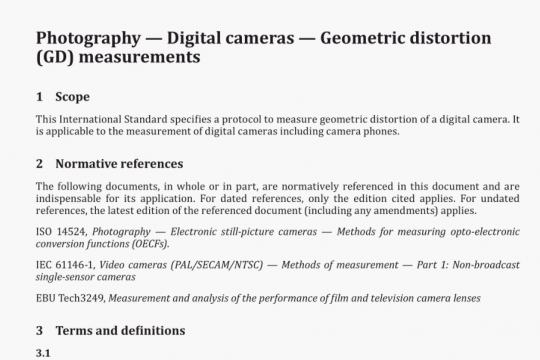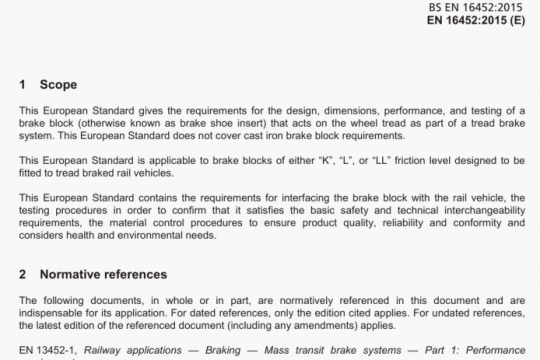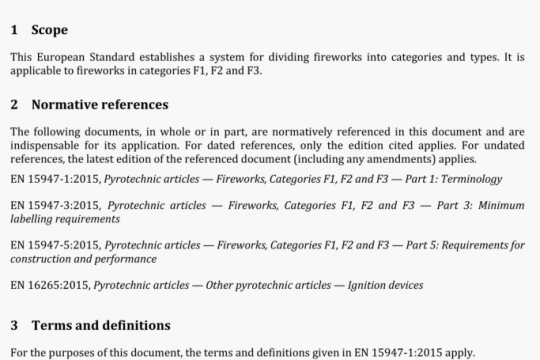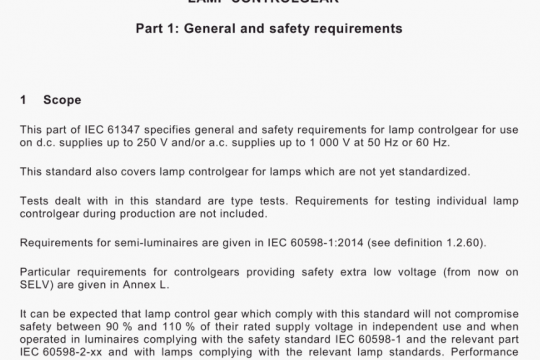BS EN ISO 8407:2021 pdf free
BS EN ISO 8407-2021 pdf free.Corrosion of metals and alloys – Removal of corrosion products from corrosion test specimens.
Whichever method is used, it might be necessary to repeat the cleaning treatment to ensure complete removal of the corrosion products. Removal shall be confirmed by visual examination. The use of a low- power microscope (i.e. x 7 to x 30) is particularly helpful with a pitted surface since corrosion products
can accumulate in pits.
4.1.3 An ideal procedure should remove corrosion products and not result in the removal of any
base metal. Two procedures can be used to confirm this point. One procedure uses a control specimen
(see 4J.A) and the other requires a certain number of cleaning cycles on the corroded specimen (see
4L5). The procedures shall be maintained while the rust removal performance of the solutions listed in
Tables A.1 and Al is not impaired.
NOTE 1 Indications that the solution needs to be discarded can be discoloration or the presence of a significant amount of corrosion products in the solution.
NOTE 2 Some solutions might need some aging before working without etching the substrate.
4.1.4 lincorroded control specimens, which should be similar chemically, metallurgically and geometrically to the test specimens, should be cleaned by the same procedure as used for the test specimen. By weighing the control specimen before and after cleaning (weighing to the fifth significant figure is suggested, e.g. a 70 g specimen should be weighed to three decimal places), the metal loss resulting from cleaning may be determined. The mass loss of the control specimen will reflect the mass loss of test specimens resulting from the cleaning procedure.
4.1.5 The cleaning of each corroded test specimen should be repeated several times after the removal of the corrosion products is completed. The mass shall be plotted as a function of the periods of cleaning cycles with the same interval time or time units (see Figure 1). Point A represents the mass of corroded specimens before the start of the cleaning. In many cases, two straight lines, AB and BC, will be obtained. Line AR characterizes the removal of corrosion products and may not always be visible. Line BC characterizes the removal of the substrate after the corrosion products are completely removed. Point D, which characterizes the mass of the pure metal at zero number of cleaning cycles, is obtained by extrapolation of line BC to the ordinate axis. In some cases, the relationship may not be linear, and the most appropriate extrapolation shall then be made. If the relationship of B and C is not linear, a linear regression method, e.g. by applying the least squares from later points of cleaning cycles, can be used for estimation of the point for the D value.
If the durations of each cleaning step are not equal, the x-axis should be expressed in units of cumulative exposure time in the cleaning solution, rather than the number of cleaning steps used up to that point.BS EN ISO 8407 pdf download.




